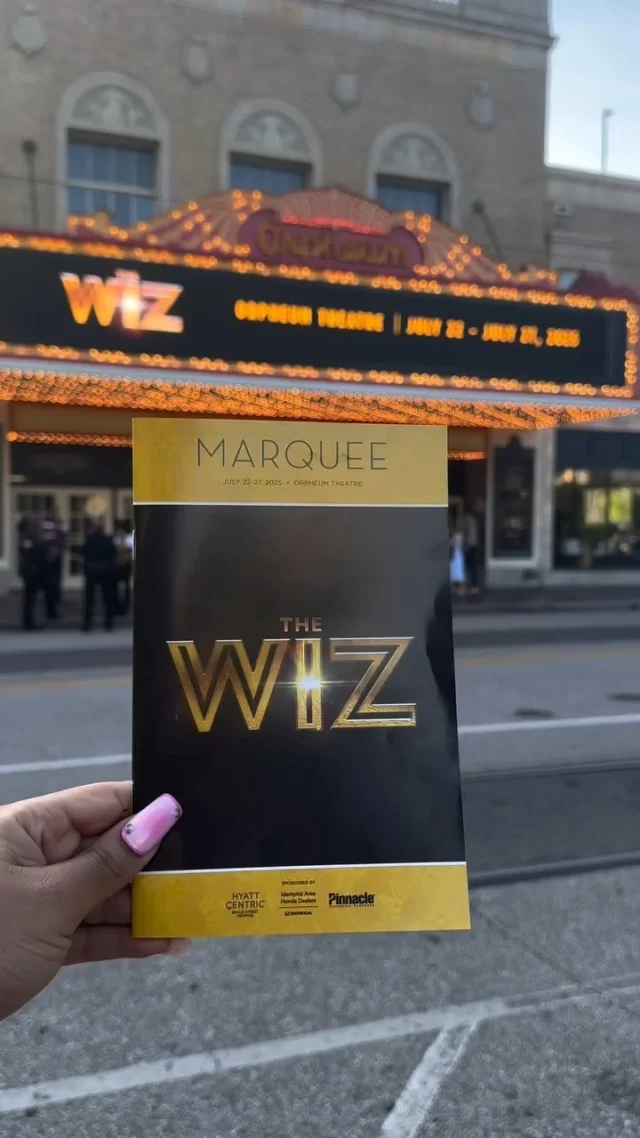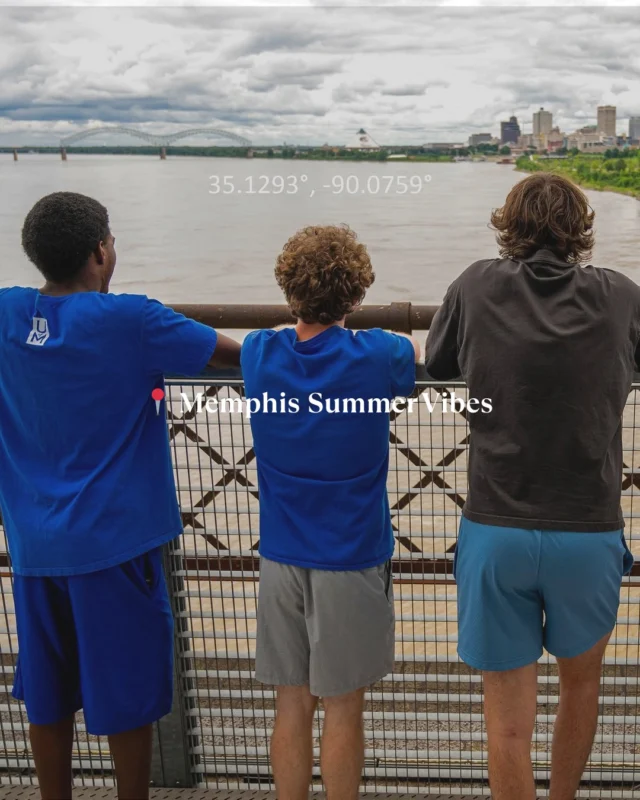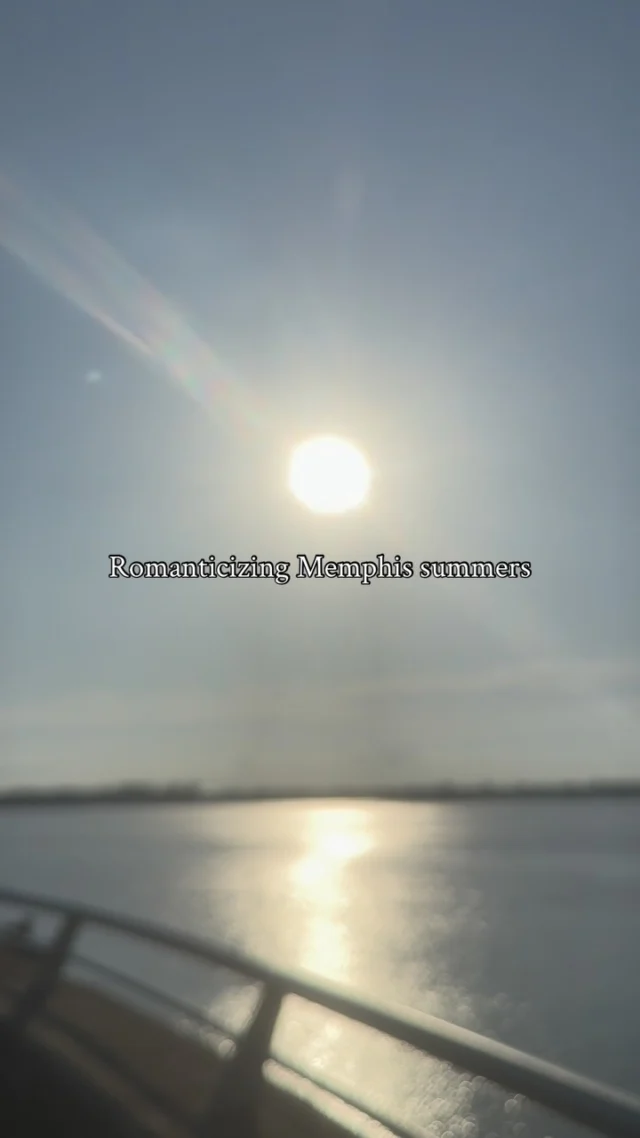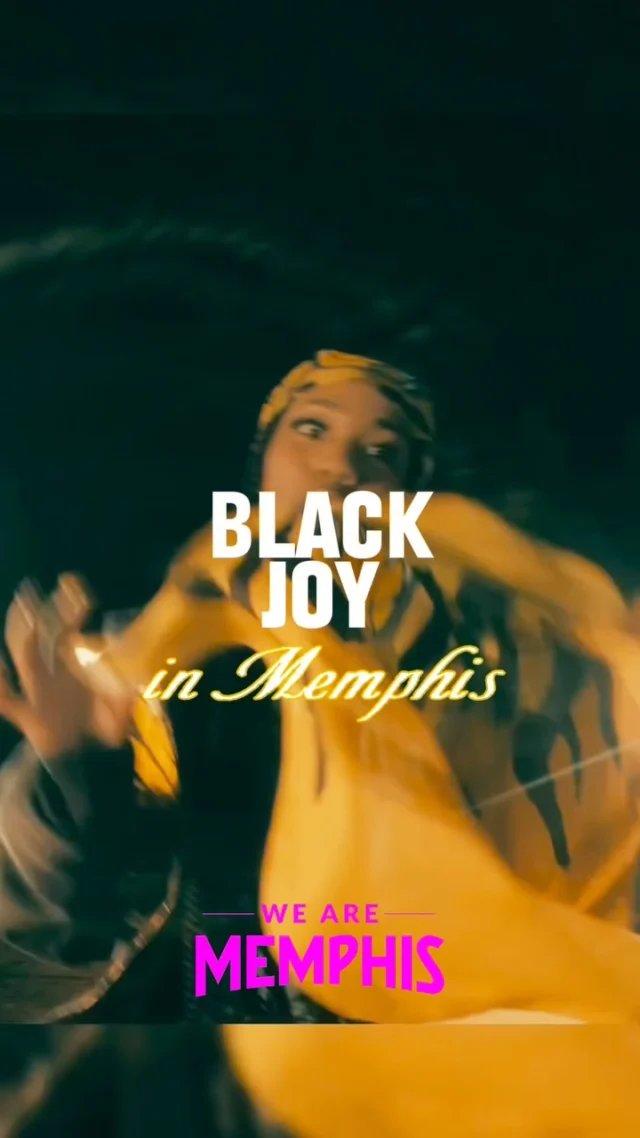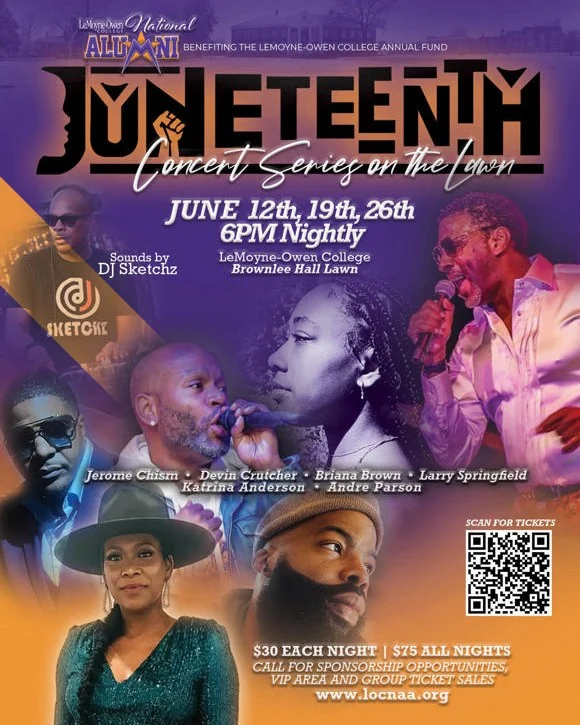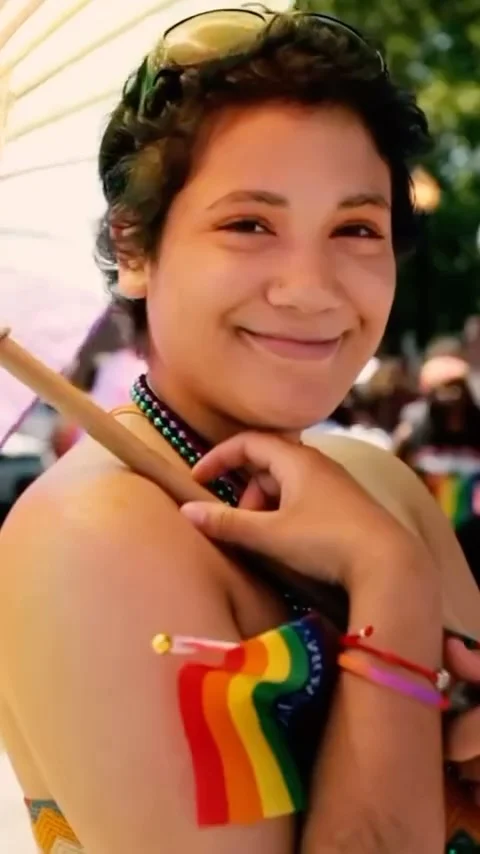The Juke Joint as a Portal: Dance in “Sinners” (2025)
In Ryan Coogler’s film “Sinners” (2025), the Juke Joint scene is a cultural séance wrapped in a supernatural blues tale. Set in a 1930s Mississippi juke joint, the scene becomes a living archive of Black dance traditions, where past and present collide in a kinetic celebration of identity and spirit. The scene included Memphis Jooker Phyouture DaGoat, who applauded the film feature and premiere on his official Facebook page.
Marcellus Harper, Executive Director of Collage Dance Collective in Memphis, shared his enthusiasm for the artform gaining more traction and appreciation in major films. “Seeing Memphis Jookin honored in that cinematic lineage felt like witnessing our city’s voice echo across generations and genres,” he expressed. “It reminded me that Memphis doesn’t just make music, it moves through it. Dance and music are deeply entwined here, making Memphis not just a music capital, but a dance capital too.”
A Journey Through Dance Styles
According to Variety, Coogler’s team of choreographers collaborated with regional dance experts to ensure the authenticity of each portrayal in the juke joint. “We had to find the right musicians; we had to find dancers who could do these cultural dances. These are highly specialized individuals.” Harper also mentioned the importance of cultural dance portrayal in the film. “What struck me most about the Juke Joint scene in Sinners was how seamlessly it wove together dance traditions across time and culture – from African forms to ballet, from street styles to swing,” he said. “As a ballet company rooted in Memphis, it was powerful to see our form included alongside others, affirming that all of it matters, and all of it belongs.”
African Traditional and Tribal
The sequence opens with African tribal dance, rooted in West and Central African traditions. These styles are deeply spiritual and communal, often used in ceremonial contexts. Their inclusion sets the tone for the scene, grounding it in ancestral heritage and cultural continuity.
Swing and Lindy Hop
As the music shifts, the energy of the Harlem Renaissance takes over. Swing and Lindy Hop bring improvisation, aerial flair, and social rhythm to the floor, anchoring the scene in the 1920s and 30s. These styles reflect the joy and resistance embedded in juke joint culture, and were chosen to honor the historical setting of the film’s Mississippi backdrop
Ballet
Ballet enters as a complement to the other styles, offering a language of grace and emotional storytelling. Its presence in the juke joint is intentionally surreal, symbolizing the universality of dance and its ability to transcend cultural boundaries
Street and Contemporary
The scene then fast-forwards to the present with the bold, isolated style of dance emerging from regional hip-hop culture. Breakdancing and C-Walking bring explosive energy, power moves, freezes, and intricate footwork that reflect the creativity of the 1970s Bronx and 1990s West Coast street-swagger. Twerking, as represented, reclaims bodily autonomy and power, especially for Black women. But it’s Memphis Jookin that delivers a strikingly recognizable Southern movement and contemporary moment. The featured style offers a distinctly Southern voice. Originating in Memphis in the 1980s and 90s, it was included to represent the evolution of Black Southern expression.
Chinese Classical Dance
Adding a surreal, multicultural layer, Chinese opera-inspired choreography appears with controlled, symbolic gestures, and traditional dress. This moment reinforces the dreamlike quality of the scene and the idea that dance can communicate across cultures and histories.
Dance and Music: A Spiritual Dialogue
The Juke Joint scene draws a clear distinction between dance and music while showing how they harmonize. The music, anchored by a blues track titled “I Lied To You” by Raphael Saadiq and remixed by Ludwig Göransson, provides the emotional arc. It’s linear and auditory, guiding the viewer through the scene’s transitions. The dance, by contrast, is spatial and visual, giving form to the film’s themes of memory, identity, and transcendence.
Together, they create a feedback loop: the music summons the dancers, and the dancers give the music shape. The choreography showcased technique while also channeling history. Each style was selected not just for its aesthetic, but for what it represents: survival, celebration, resistance, rebirth, and perseverance.
A Living Archive of Black Dance
The Juke Joint scene in Sinners was a celebration of cultural resilience through performing arts. With layered choreography, the film honors the past, embraces the present, and imagines a future where every step is sacred and intentional.
Based on the verified caption and video posted by dancer and actress Melany Centano @melanymovez on Instagram and YouTube, here is a list of the dancers featured in the Juke Joint scene of Sinners (2025), along with their roles and styles. This information was compiled by Melany as part of her independent research to credit the unlisted dancers in the film.
Choreographers
Aakomon “AJ” Jones – @jonescurated
Amy Allen – @gotamydance
Dance Cast by Style and Role
Lindy Hop Ensemble
Breonna Jordan – @breonna_jordan
Kendalyn Dene Breakfield – @.kendalyndene.
Faith Rockward – @rockward1
Leroy Harris Jr. – @radicalthought
Jeremy Denzel – @jeremydenzel
Donald Jones Jr. – @doniejunior
Ancestral Spirits
Ahmari Vaughn-Achouli – Past Pearline Ancestor (Achouli Dance)
@ahmari.v_
Jarrell Hamilton – Future Pearline (West African + Modern Dance)
@jarrellhamilton
Street and Contemporary Styles
Cuso Fresh – Future B-boy Ancestor (Breaking)
@cusofresh180
Trinity Mitchell – Gen Z/Millennial Spirit (Twerking)
@trinitymitchelll
Ritho Johnson & Jeoffrey Harris Jr. – Smoke’s Future Ancestors (Crip Walking)
@rithojohnson
@fame_ous1
Phyouture – Spirit of the Future (Memphis Jookin)
@phyouturee.901
Asian Classical
Alexander Huynh – Bo’s Ancestor (Peking Opera, Monkey King)
@kungfualex
Winnie Mu – Grace’s Ancestor (Peking Opera, Water Sleeves)
@winnie_mu
African Traditional
Arouna Guindo – Spiritual Ancestor (Zaouli Mask Dance)
@soundjata_afoulo
Ballet
Jahaira Myers – Black Ballet Legacy (Modern Ballet, en pointe)
@jahshonye







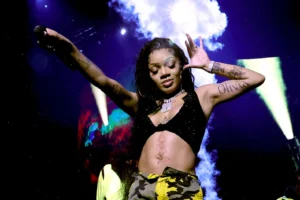
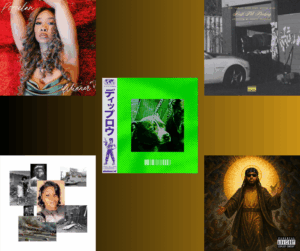
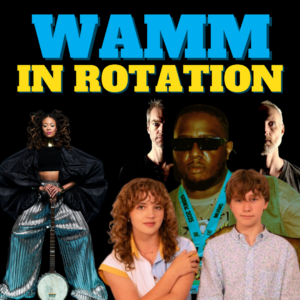



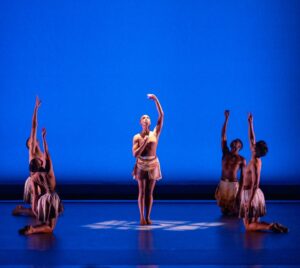


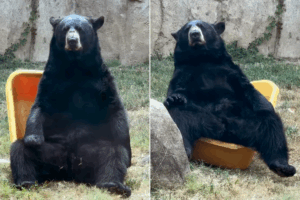












![The countdown is ON, Memphis! We’re officially 30 days out from the @unitememphis 5K + 1-Mile Walk/Run—and this year, we’re stepping into unity on 901 Day 🙌🏽
📍 Monday, September 1 | National Civil Rights Museum
🕘 Start time: 9:01AM
🎶 Food, music & fun to follow
Whether you’re walking or running, this isn’t just a race—it’s a movement. And there’s no better time to join in than now. 👟✨
🎓 COLLEGE STUDENTS: Be one of the first 100 to register using your .edu email with promo code NEXTGENUNITE and your ticket is just $10 (that’s a $32 savings 👀). Limit 2 per person, so tell a friend!
Let’s walk. Let’s run.
Let’s #UniteMemphis 💛
🔗 [link in bio]](https://wearememphis.com/wp-content/uploads/sb-instagram-feed-images/526805187_18335272954206022_6056852028660485499_nfull.webp)
